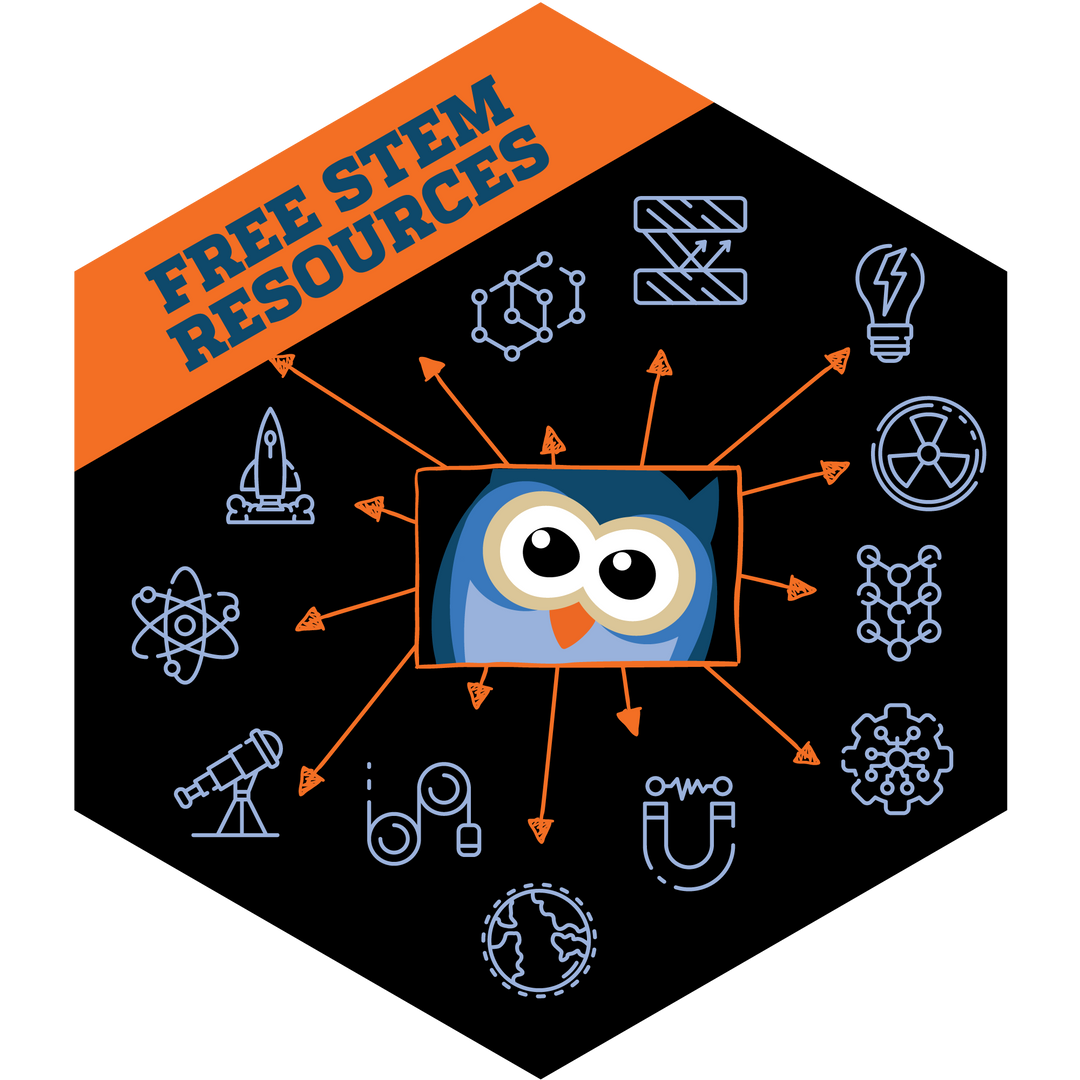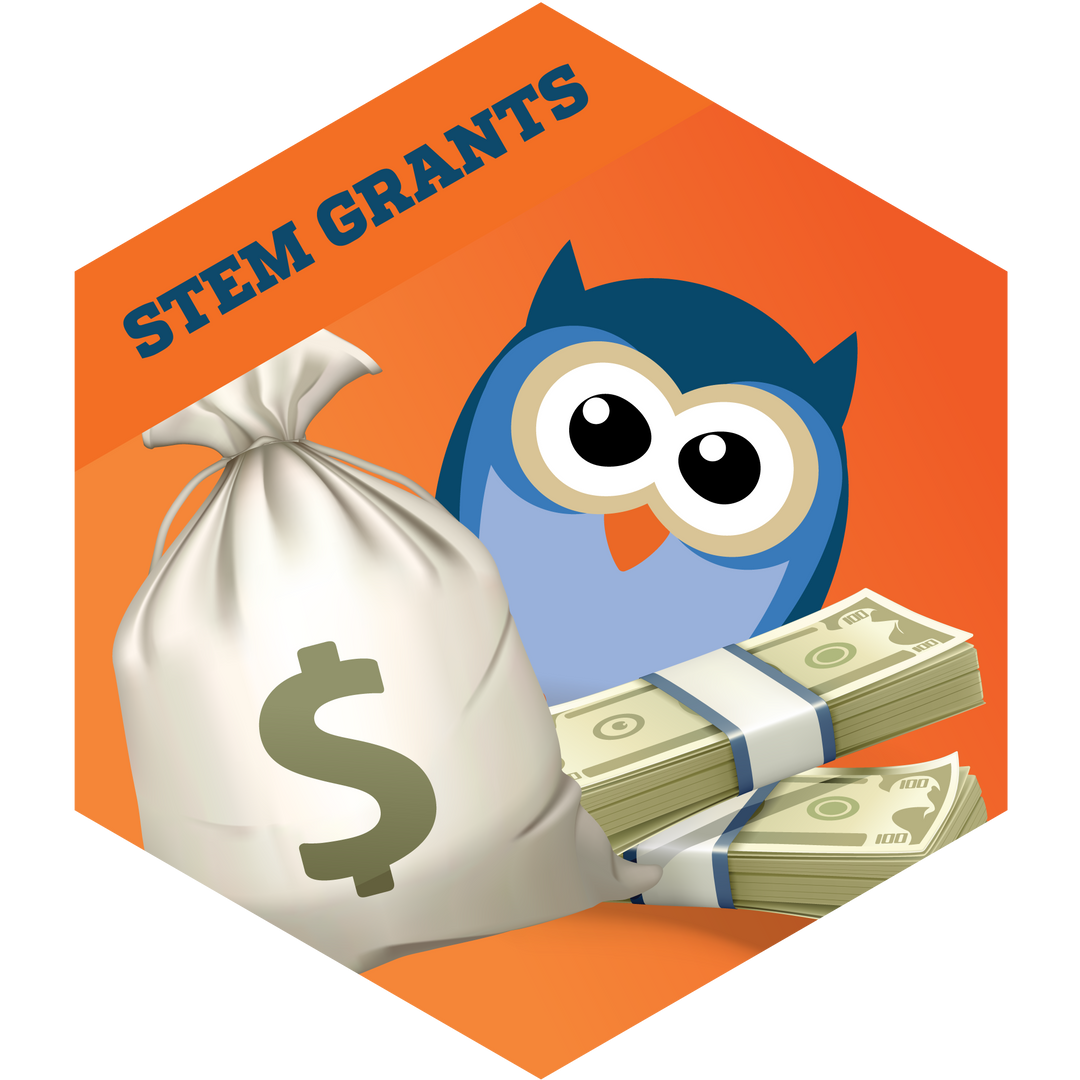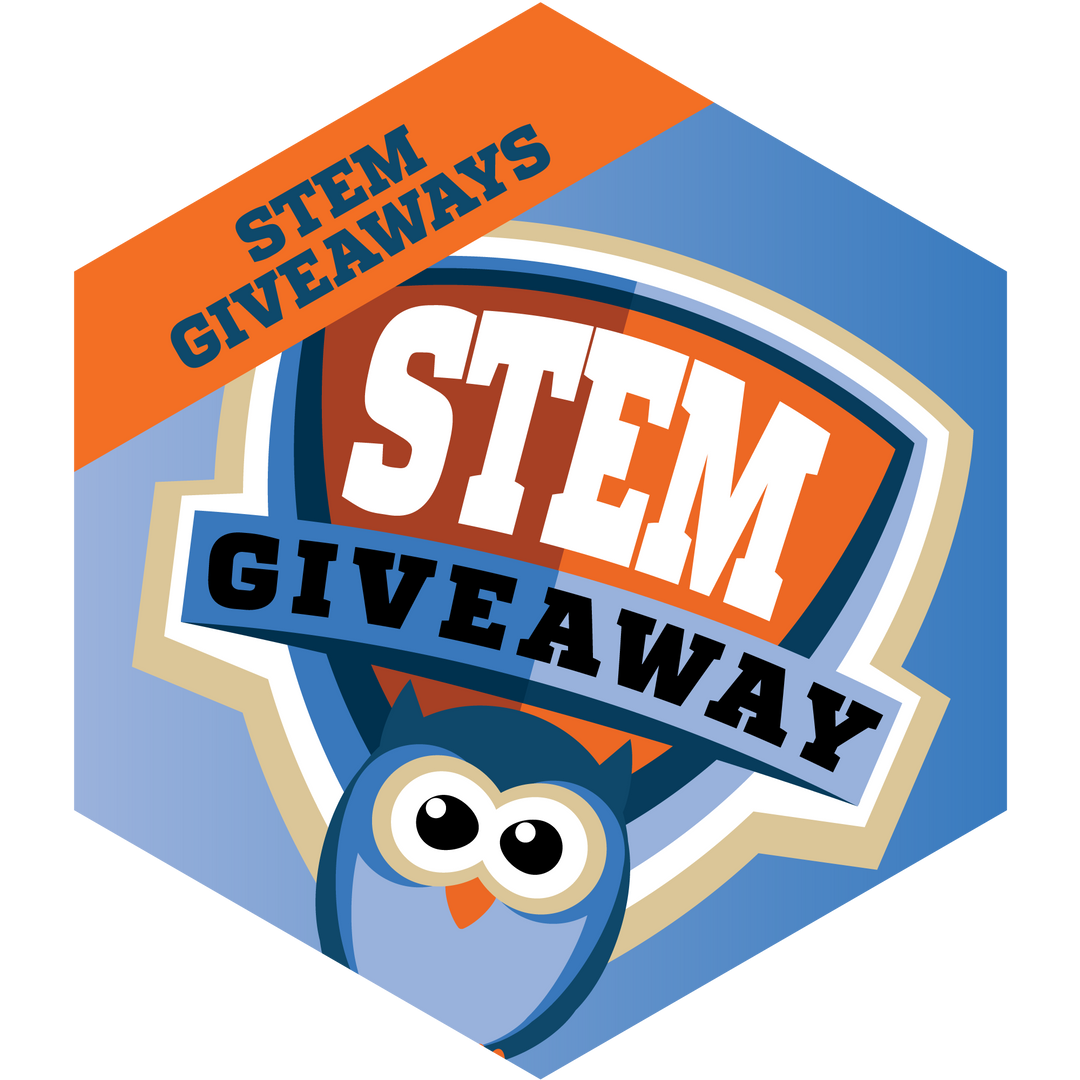Exploring Space and STEM: The First Lunar Rover and Inspiring the Next Generation
On July 30, 1971, the first-ever lunar rover, the Lunar Roving Vehicle (LRV), made its debut during the Apollo 15 mission. This groundbreaking achievement expanded the capabilities of lunar exploration and underscored the incredible intersection of engineering and space science. For educators and parents nurturing a child’s interest in STEM (Science, Technology, Engineering, and Mathematics), the story of the LRV offers a captivating glimpse into the wonders of space exploration and the limitless potential of STEM education.
The Impact of the Lunar Roving Vehicle
The Apollo 15 mission marked a significant milestone in space exploration. The Lunar Roving Vehicle enabled astronauts to travel further on the moon’s surface than ever before, allowing for more extensive scientific experiments and data collection. This achievement not only advanced our understanding of the moon but also showcased the power of engineering and technological innovation.
Inspiring Future Engineers and Scientists
Sharing the story of the LRV with children can spark curiosity and inspire them to explore STEM fields. By learning about the challenges and triumphs of past space missions, young minds can develop a deeper appreciation for science and engineering. Here are a few ways to bring the excitement of space exploration into your classroom or home:
1. Hands-On Learning with STEM Kits
Engage children with interactive STEM kits that bring the wonders of space science and engineering to life. Two exceptional products that can help achieve this are:
-
Remote-Control Machines: Space Explorers: This kit allows children to build and control their own space-themed machines. By constructing models like rovers and rockets, kids gain practical experience with engineering concepts and develop problem-solving skills. The remote-control feature adds an element of fun, making it a perfect tool for experiential learning.
-
Astronaut Starter Kit: Designed to ignite a passion for space, this kit includes activities and experiments that mimic real astronaut training. Children can learn about the physical and mental challenges astronauts face, fostering an interest in space science and human physiology. This kit is an excellent way to blend education with hands-on fun.
2. Incorporate Space Exploration into the Curriculum
Integrate space-themed lessons into your STEM curriculum to keep students engaged and motivated. Here are a few ideas:
-
History of Space Exploration: Teach students about key milestones in space exploration, such as the Apollo missions. Discuss the development of the LRV and its impact on lunar exploration.
-
Engineering Challenges: Present students with engineering challenges inspired by space missions. For example, task them with designing their own lunar rover model using everyday materials.
-
Science Experiments: Conduct experiments that simulate conditions in space, such as the effects of microgravity on different materials. This hands-on approach helps students grasp complex scientific concepts.
3. Encourage Participation in STEM Clubs and Competitions
Encourage students to join STEM clubs or participate in competitions that focus on space science and engineering. These extracurricular activities provide opportunities for collaborative learning and foster a sense of community among young STEM enthusiasts.
Conclusion
The story of the Lunar Roving Vehicle is more than a historical fact; it’s a testament to human ingenuity and the power of STEM education. By sharing this remarkable achievement with children, educators and parents can inspire the next generation of engineers and scientists. Utilizing interactive tools like the Remote-Control Machines: Space Explorers and the Astronaut Starter Kit can make learning about space exploration engaging and fun.
Embrace the spirit of discovery and innovation that the LRV represents, and watch as your students or children reach for the stars.






